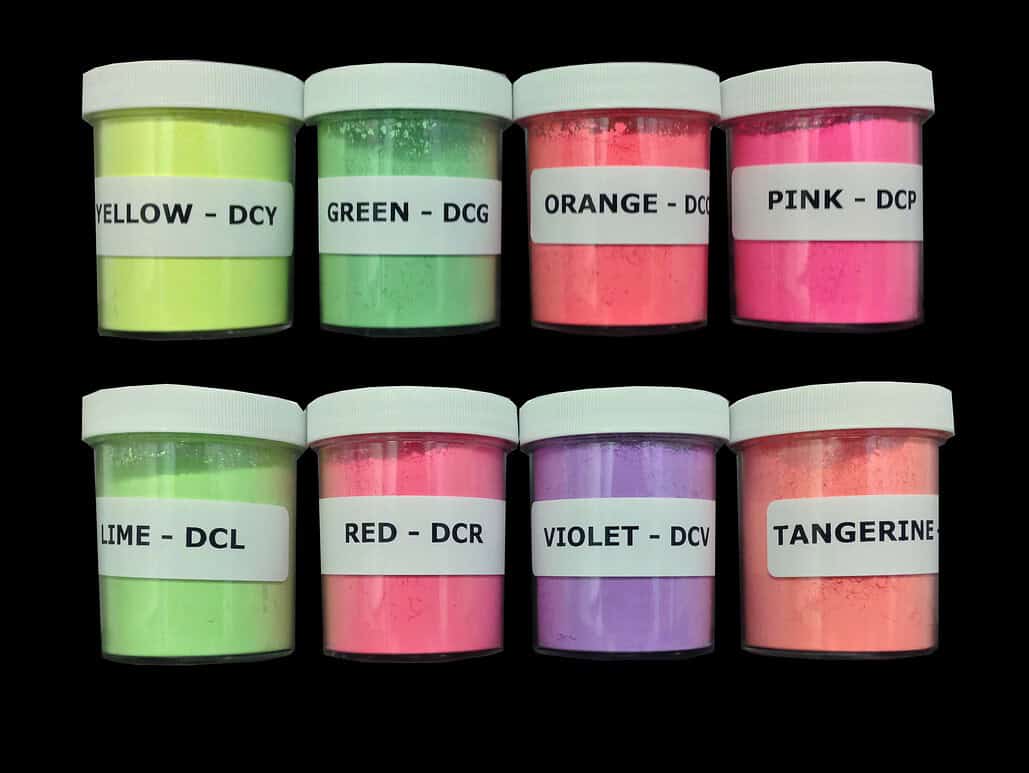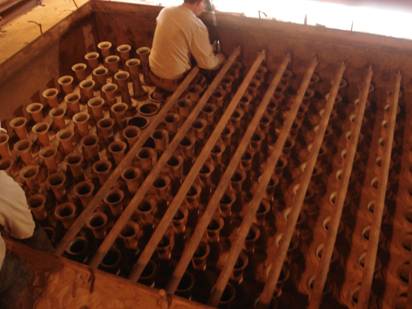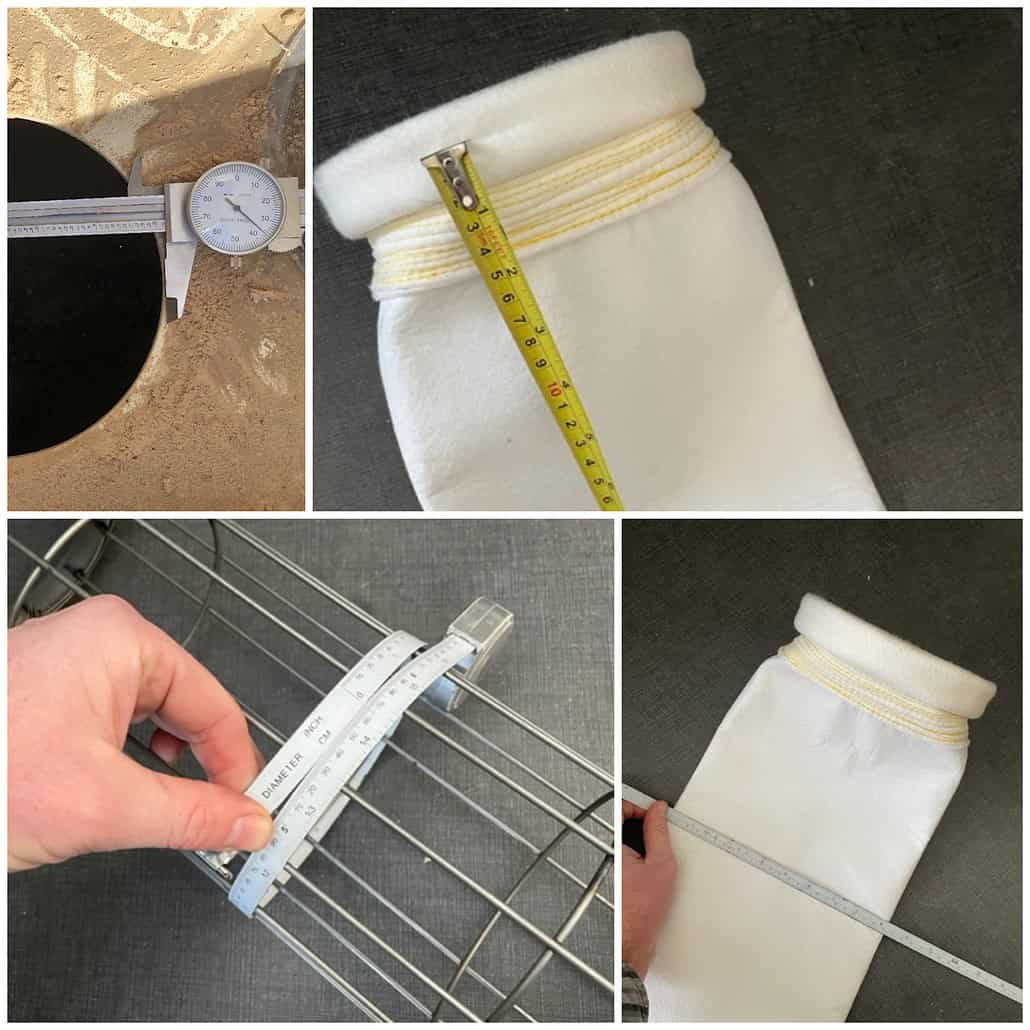Even the most efficient and well-maintained dust collection systems will occasionally experience leaks, compromising their effectiveness and putting worker health at risk. A mere ⅛” hole in a single filter bag out of 1000+ bags can cause a system to fail a stack test. This is why implementing effective leak detection strategies is crucial.
A stack test, also known as a performance test or compliance test, measures the emissions from industrial stacks or ducts. While visual checks were common in the past, many facilities now use continuous monitoring systems for more reliable and less labor-intensive measurements. Visual observations still serve as a valuable backup method.
Conducting a dye test is not only for filter bags that have been in operation for an extended period of time. Newly installed ones can (and should) also undergo leak testing. It’s crucial to safeguard your investment in filter bags by performing a dye test on the dust collector after replacing filter bags.
How Leak Testing Is Done
- Identify an injection port on the negative side of the gas stream closest to the baghouse inlet for injecting the fluorescent dye powder. (Note: Avoid using hopper doors for injection as it disrupts airflow and may leave some filter bag areas uncoated with dye powder.)
- Ensure that the baghouse/compartment hopper is free of any accumulated material.
- Deactivate the baghouse cleaning mechanism while keeping the exhaust/ID fan operational.
- —For Pulse Jet Dust Collectors, shut off and lockout the main airline feeding the cleaning system and release all air pressure from the header.
- —For Mechanical Shaker or Reverse-Air Systems, de-energize and perform a LOTO on the appropriate electrical and pneumatic devices.

- 4. Inject an appropriate amount of fluorescent dye powder into the system based on your baghouse design and application. A general rule of thumb is to use 1 lb of powder for every 1,000 sq/ft of fabric area. For smaller units, a higher ratio is needed.


Leak testing powder can be used in all baghouse types with operating temperatures up to 550°F (288°C). It is important to choose an appropriate color for your specific application, as well as keeping a contrasting color on-hand for repetitive test. The objective is to choose a color that will not blend in with process dust color.
- 5. Allow up to five minutes for the leak detection powder to circulate through the system after injection.
- 6. Shut down the exhaust/ID fan.
- 7. Before entering the baghouse, ensure compliance with all OSHA/MSHA and site-specific company protocols, including LOTO and Confined Space Entry.
- 8. Enter the clean air side of the baghouse or compartment being tested. Use a black light and UV filtering glasses to inspect the tubesheet, filter bag, snap band/seating surface, and all other areas on the clean air side of the collector that come into contact with the inlet gas stream. Any leaks will cause the fluorescent dye powder to “glow” under the black UV light, pinpointing the affected area. For optimal results, perform the dye test in darkness with minimal light. (On rare occasions, it may be necessary to also inspect the filters from the dirty side as well to locate hard-to-find leaks.)
- 9. Document all filter bag failures on a grid sheet and retain them for future reference. Recurring bag failures in the same area may indicate dust collector system design or operational issues.

Benefits of leak testing for dust collection systems
- 1. Maintaining Compliance with Environmental Regulations: Governments have stringent air quality standards in place to protect the environment and public health. In many industries, once a leak becomes large enough to create visual emissions at the stack, companies are required to document and report corrective actions and possibly face fines and sanctions. By being proactive with leak testing and promptly repairing any found, an organization can demonstrate its commitment to environmental responsibility, helping them stay within compliance and avoid fines.

- 2. Protecting Worker Health and Safety: This is most crucial with systems that recirculate the air after it passes through the dust collector. Dust particles generated during industrial processes often contain toxic compounds or otherwise benign materials that are harmful when inhaled. Additionally, leaks on systems handling combustible dusts can lead to accumulations in the ductwork, process equipment, and on elevated surfaces inside the plant (when recirculated), all of which form a severe fire and/or explosion hazard.
Plants that recirculate the air back into the building are often required to install triboelectric bag leak detection systems. These systems are sensitive enough to detect even minute increases in dust emissions. When installed, they can give early warning about leaks as they form, even before they reach reportable levels. For this reason, many plants find triboelectric bag leak detection systems useful even when their use is not strictly mandated by their operating permits or OSHA.
- 3. Enhancing Equipment Efficiency and Longevity: Leaks in dust collection systems can impact the overall efficiency and performance of many types of process equipment. By proactively identifying and repairing leaks, industries can ensure that their systems operate at optimal efficiency, reducing energy costs, extending equipment lifespan, and minimizing maintenance costs.
- 4. Preventing Cross-Contamination and Product Loss: In industries where contamination control is critical, leak detection becomes crucial. Leaks in dust collection systems can introduce foreign particles into the production area, compromising the quality and safety of the final product.
If you believe your dust collection system may be suffering from leaks, consider conducting a dye test or contacting professionals like Baghouse.com for assistance. Remember, the benefits of leak testing far outweigh the risks associated with system failures. Protect your workers, your environment and your investment by making leak detection a priority in your maintenance program.
Want to read more about leak testing? Read the article:
Contact Us to Speak to One of Our Baghouse Experts
For more baghouse related training and information, be sure to check out our Baghouse Online Training page.







